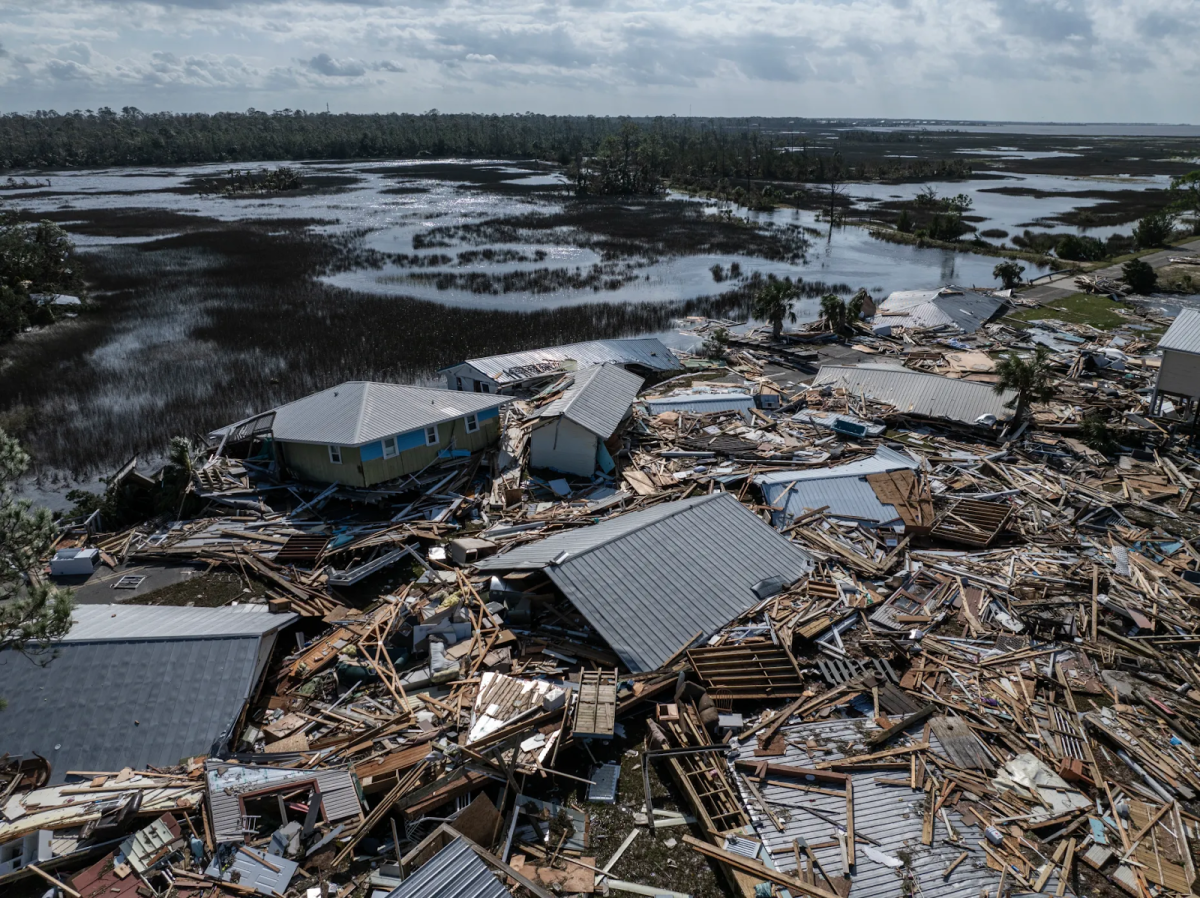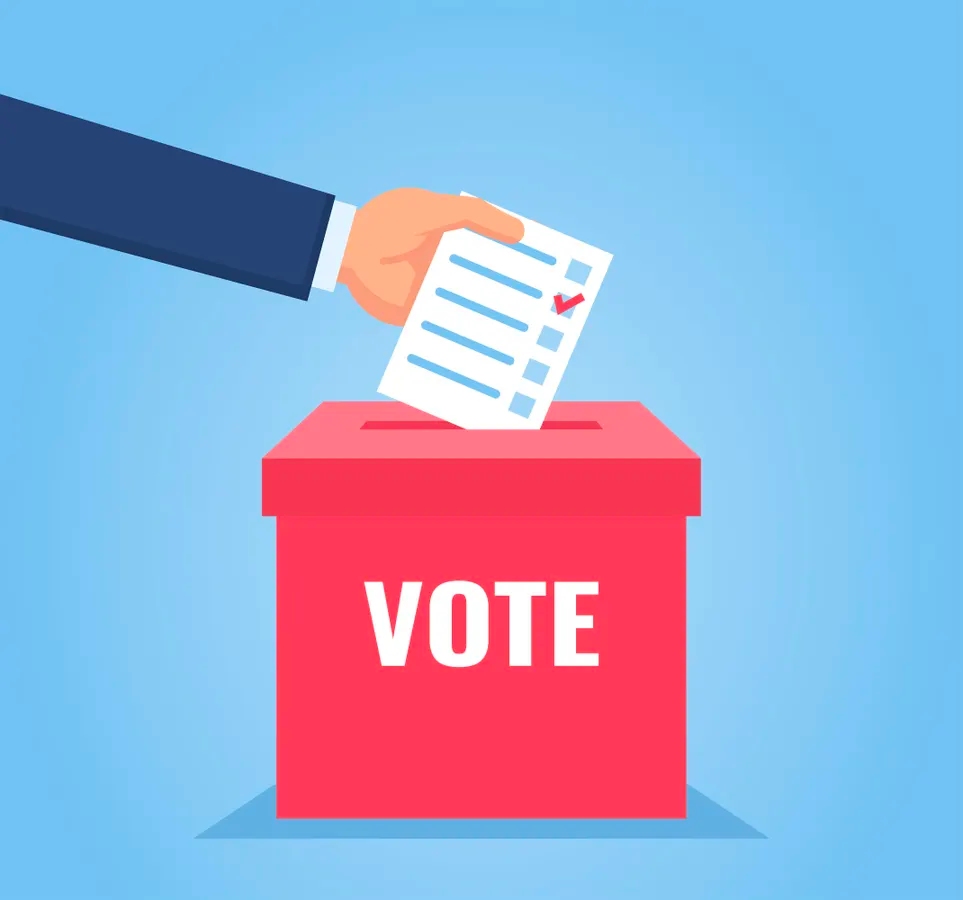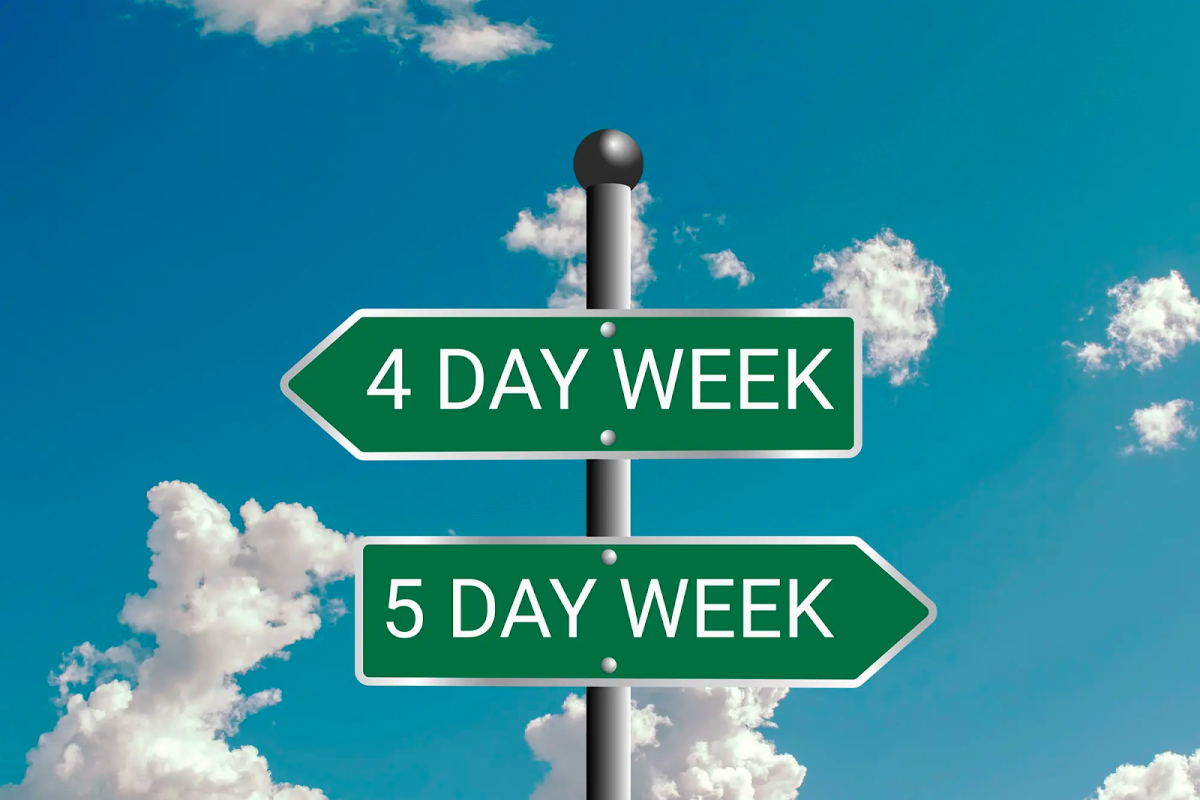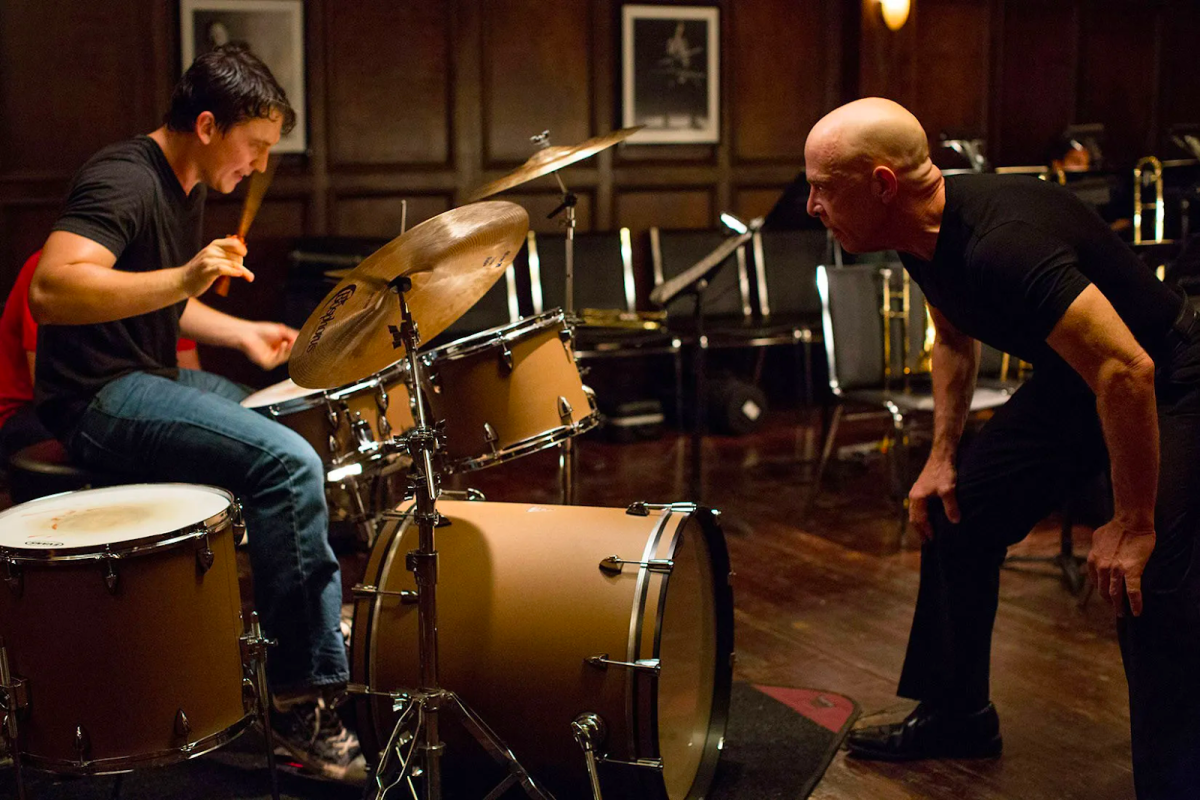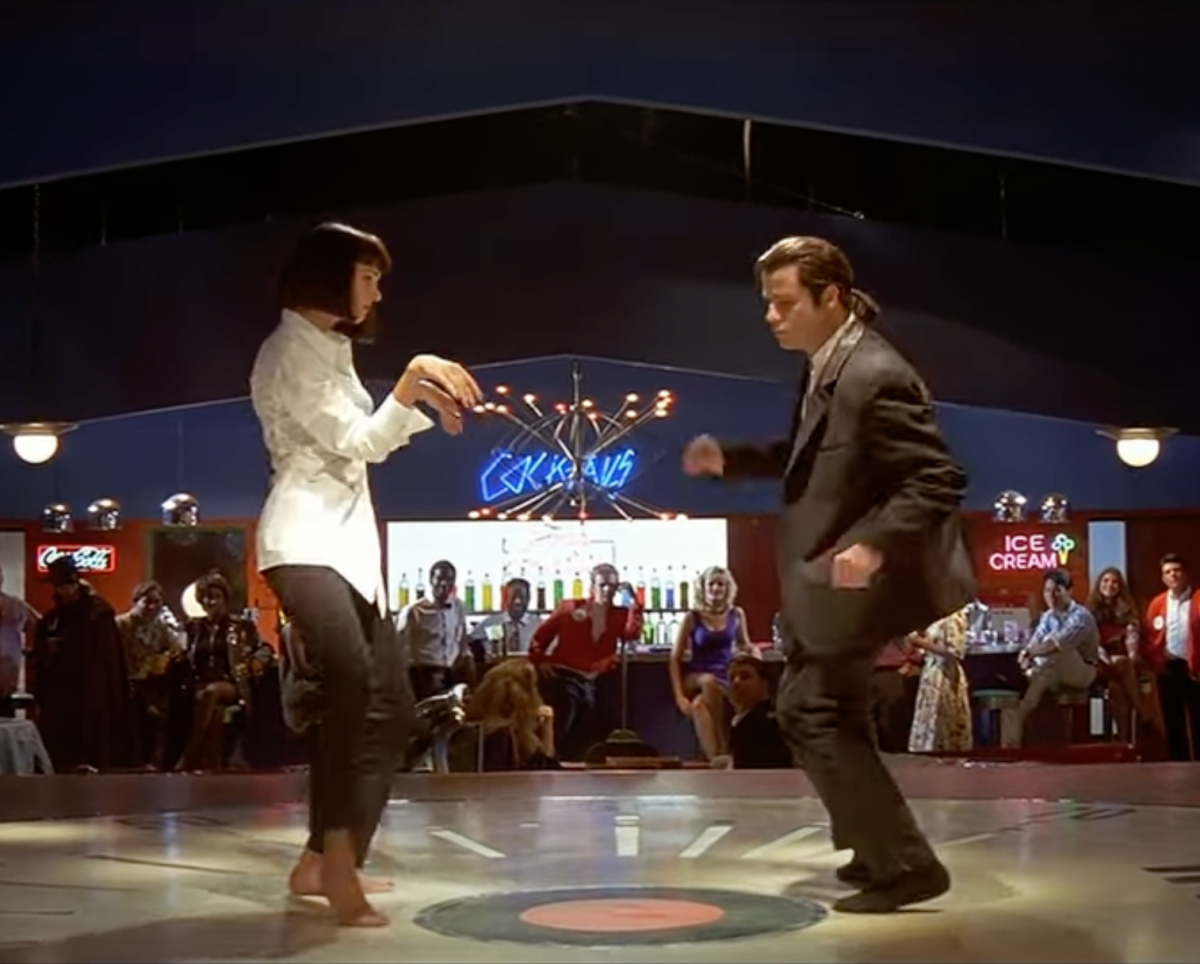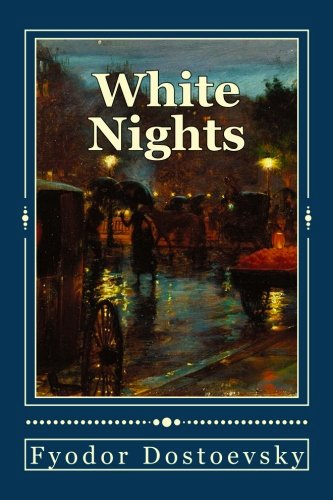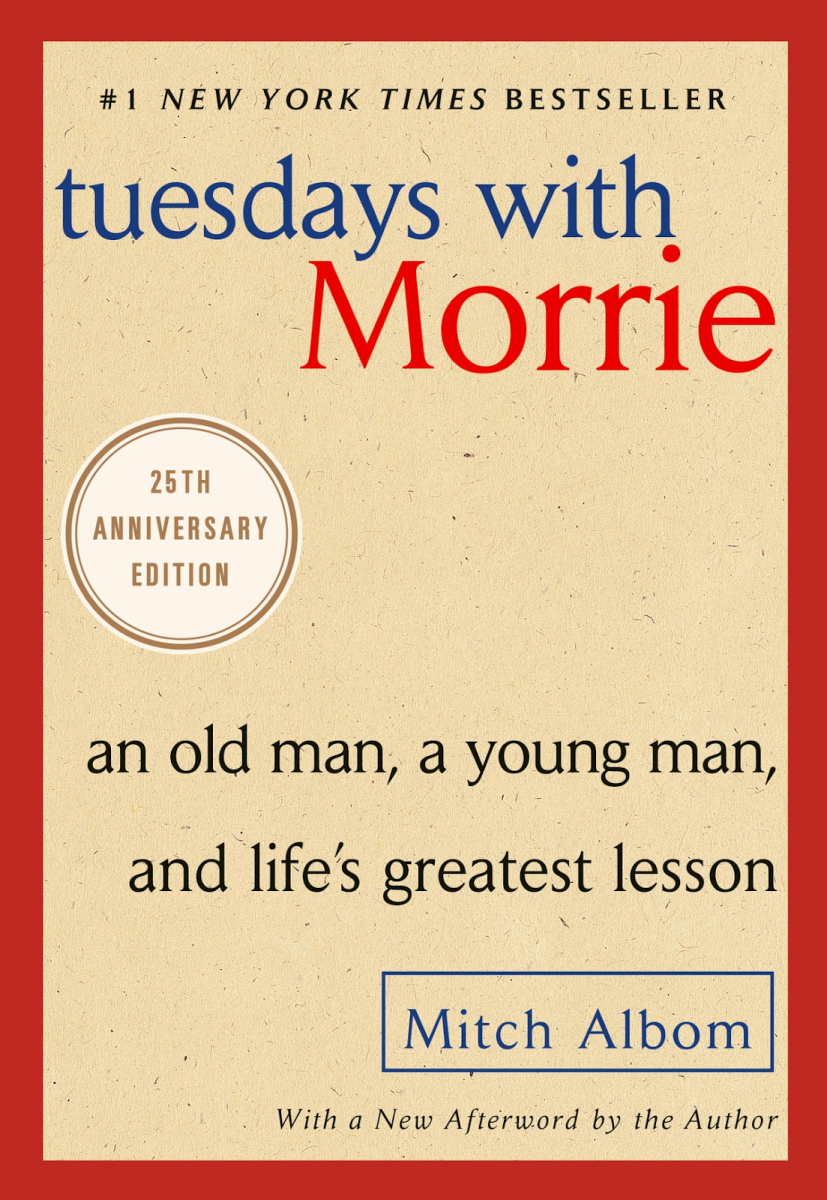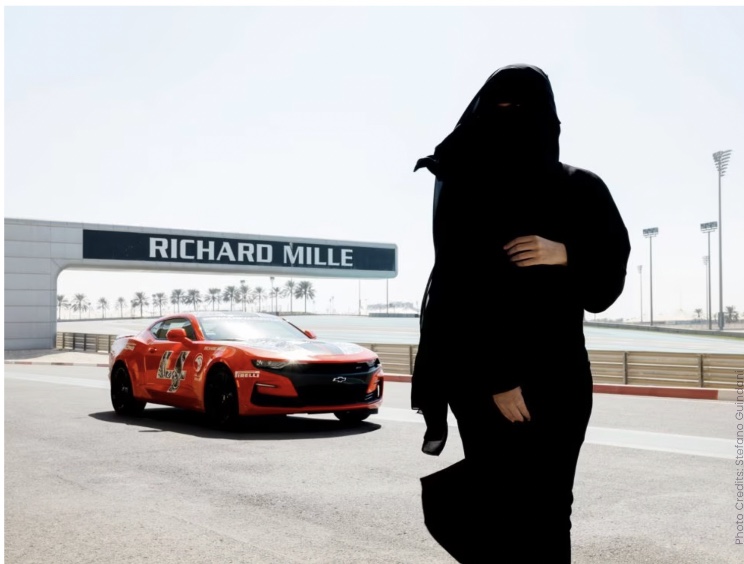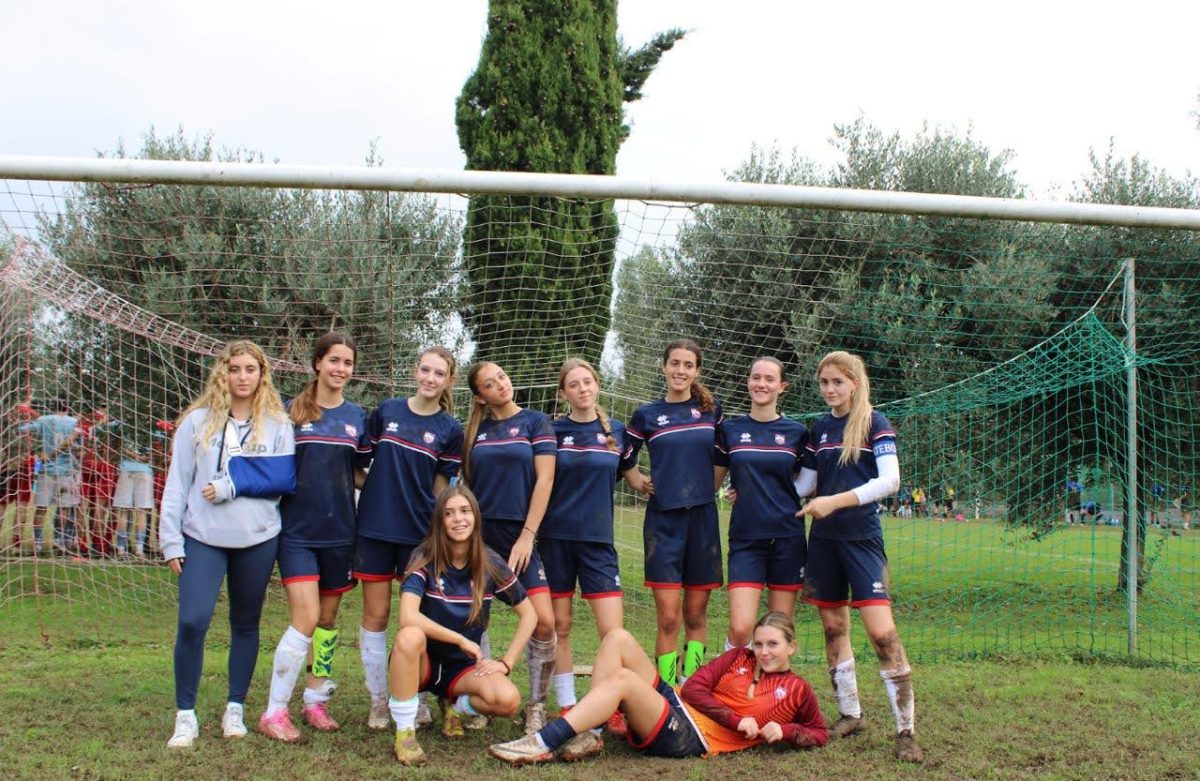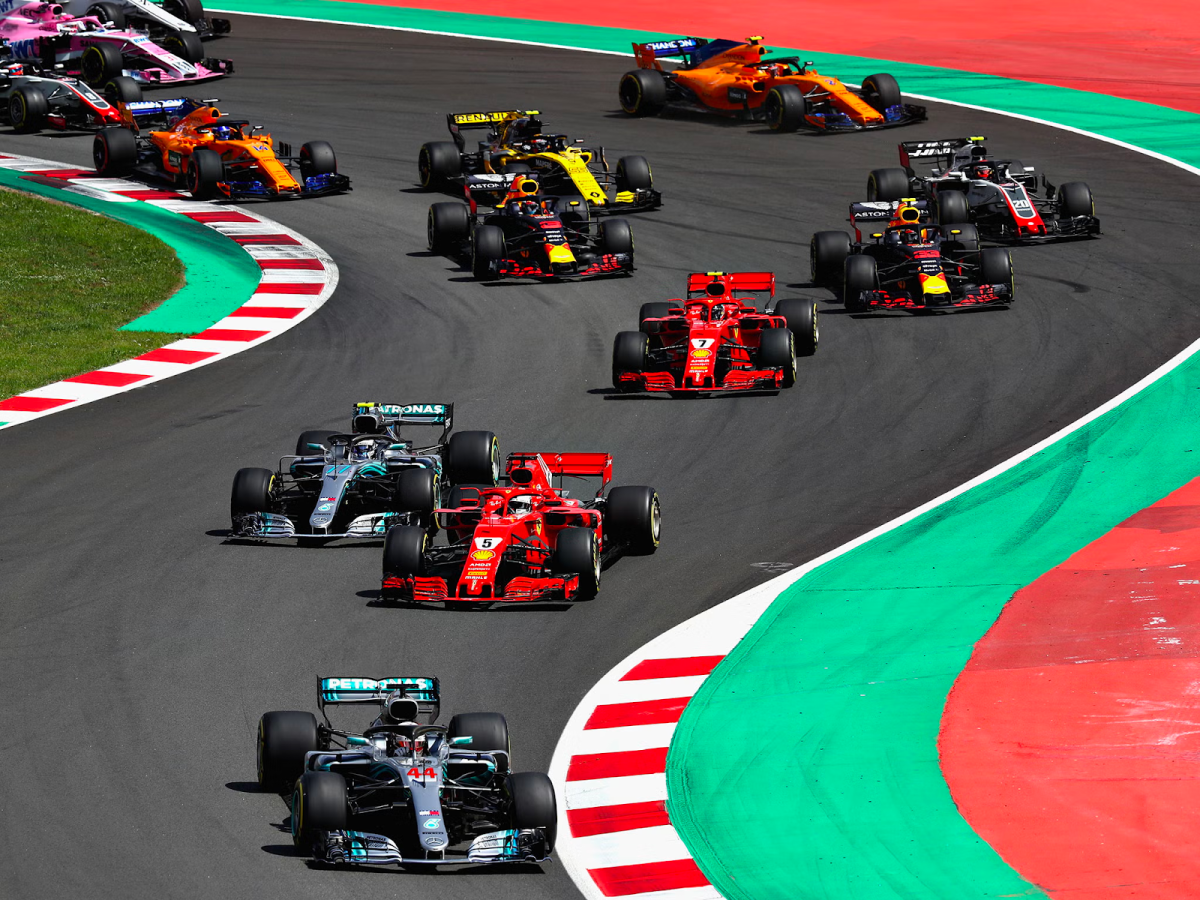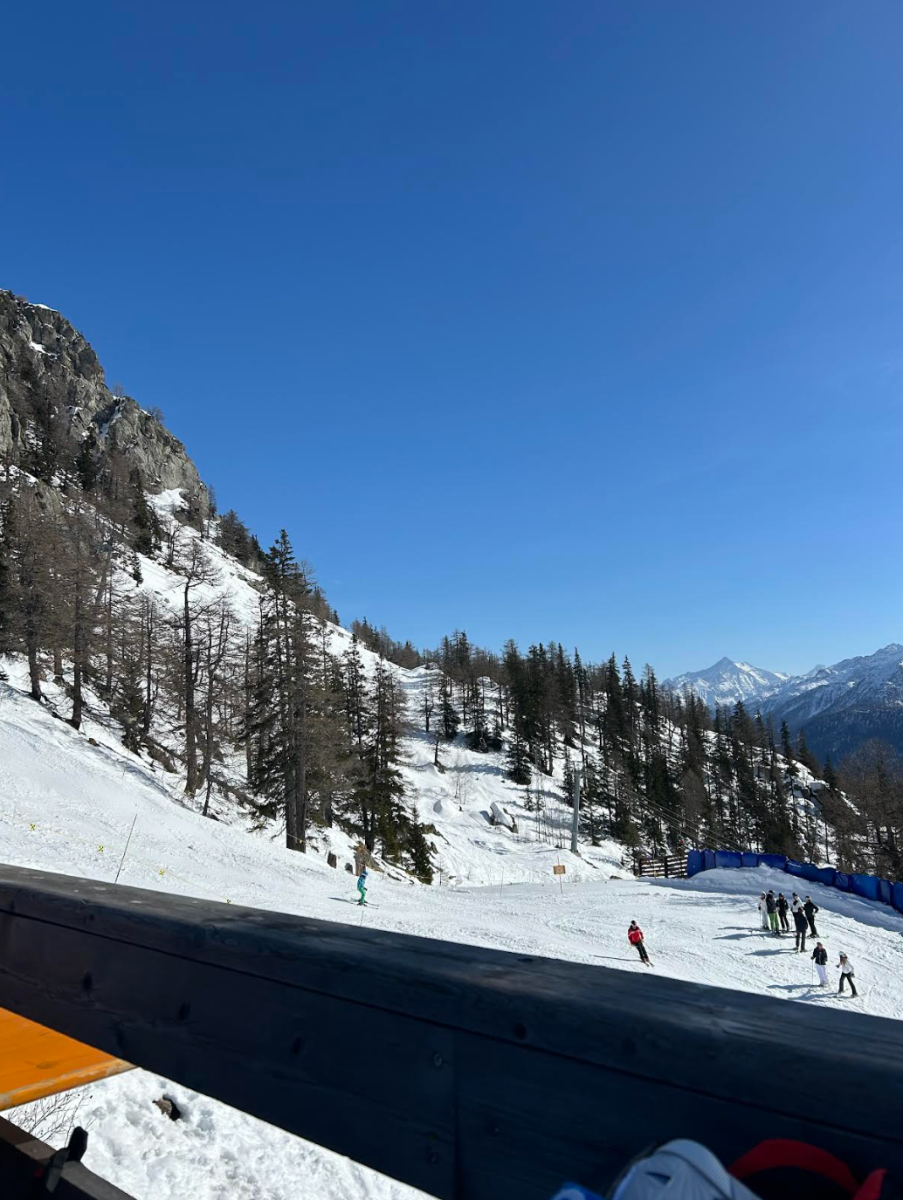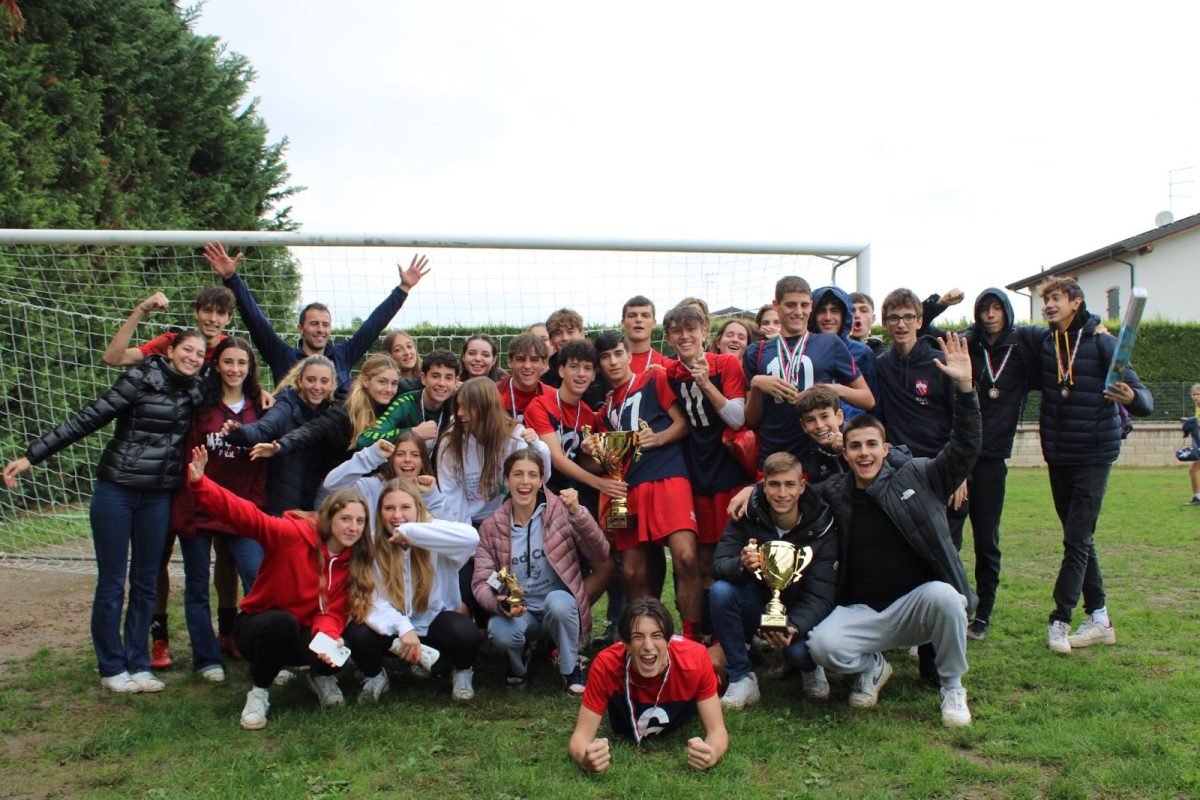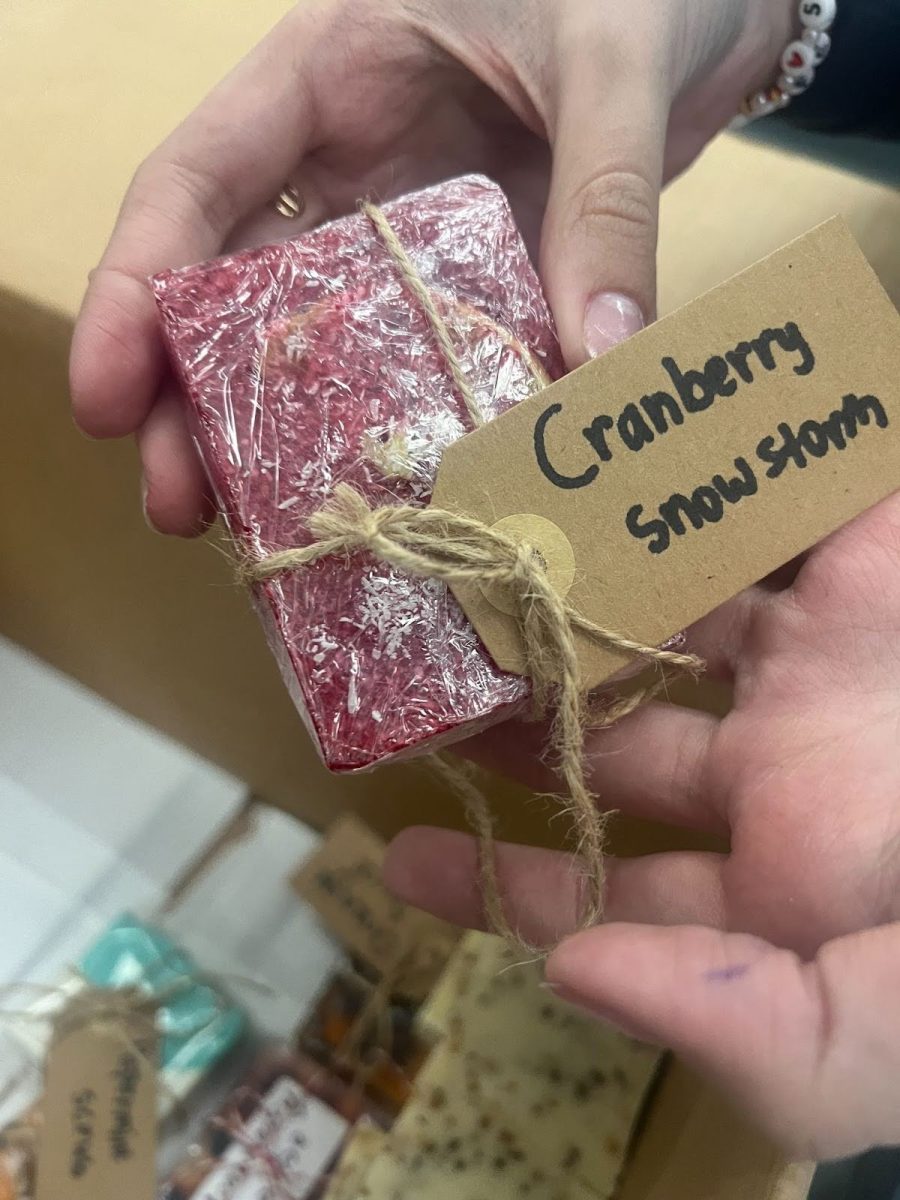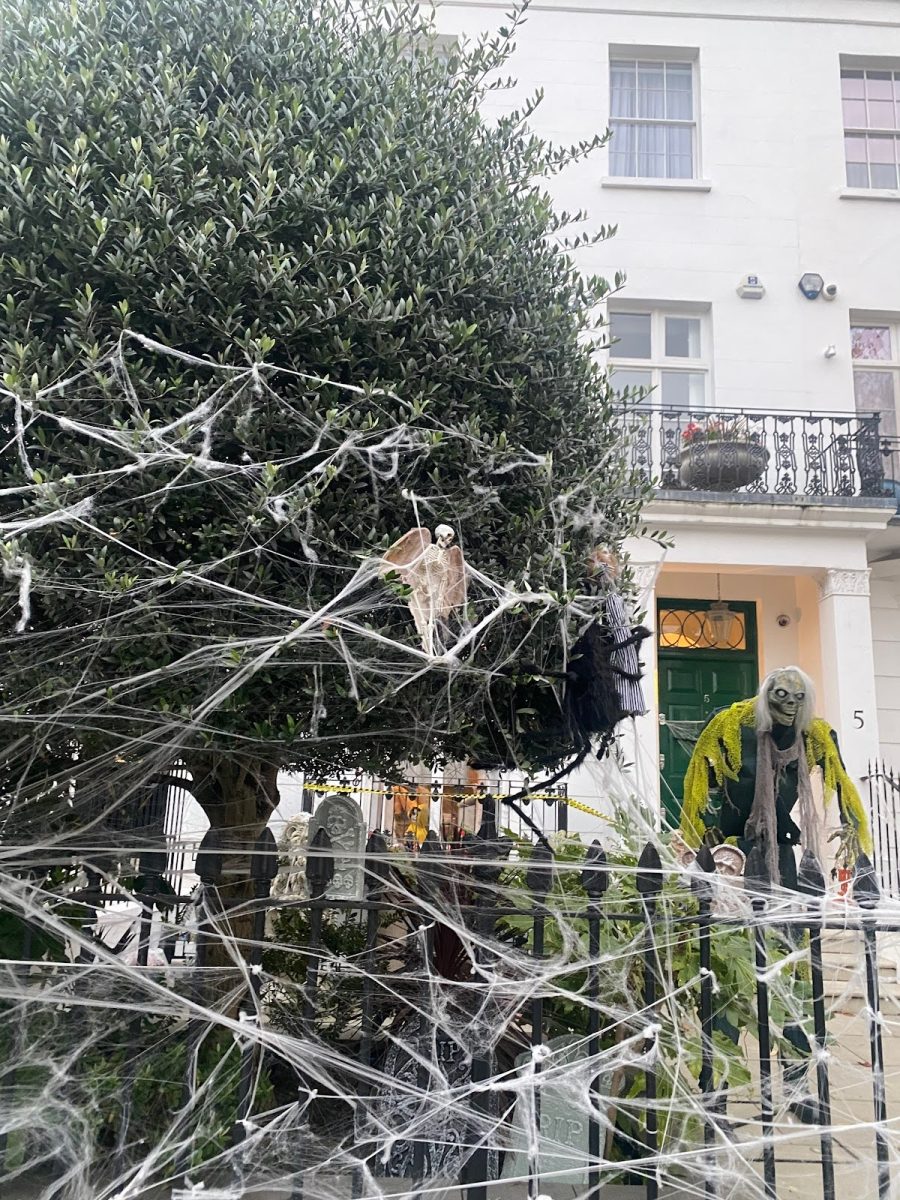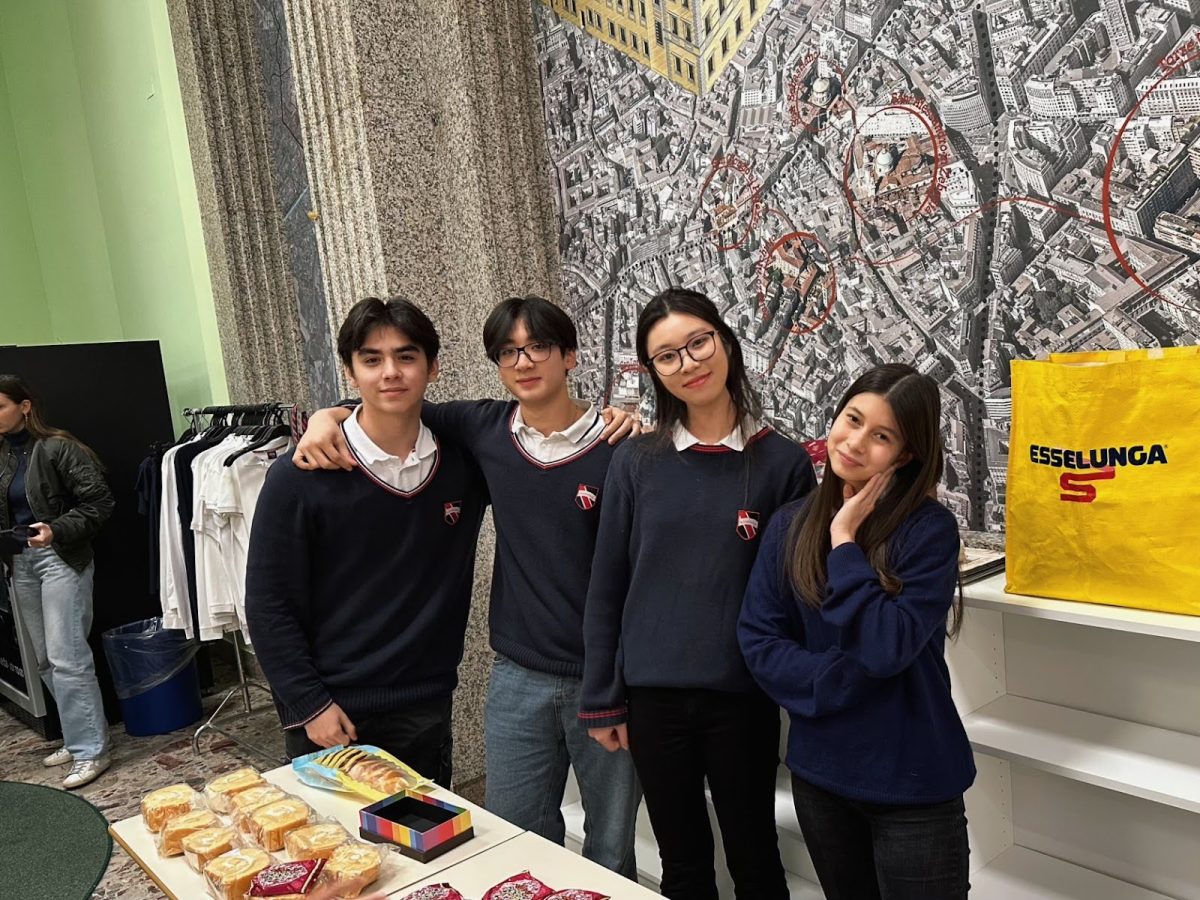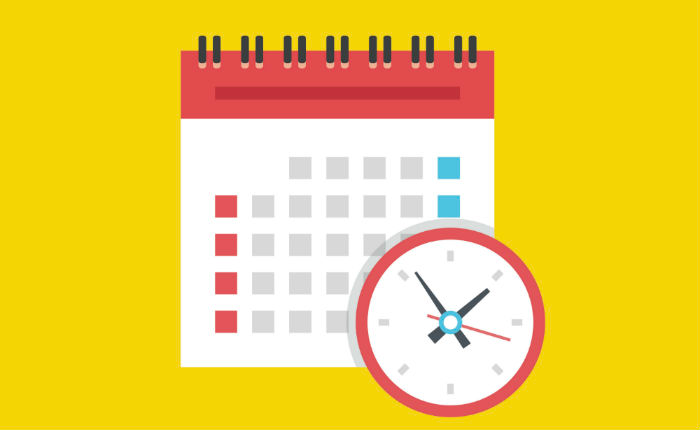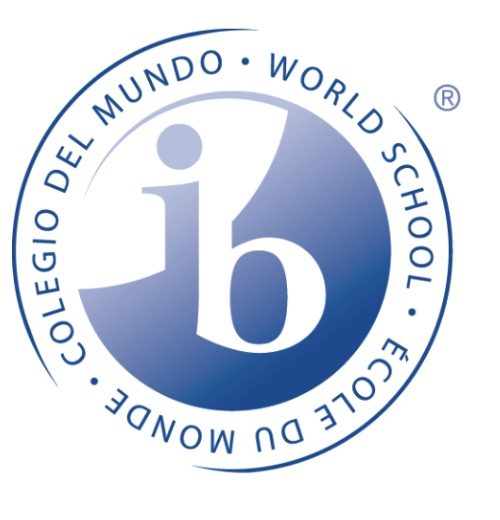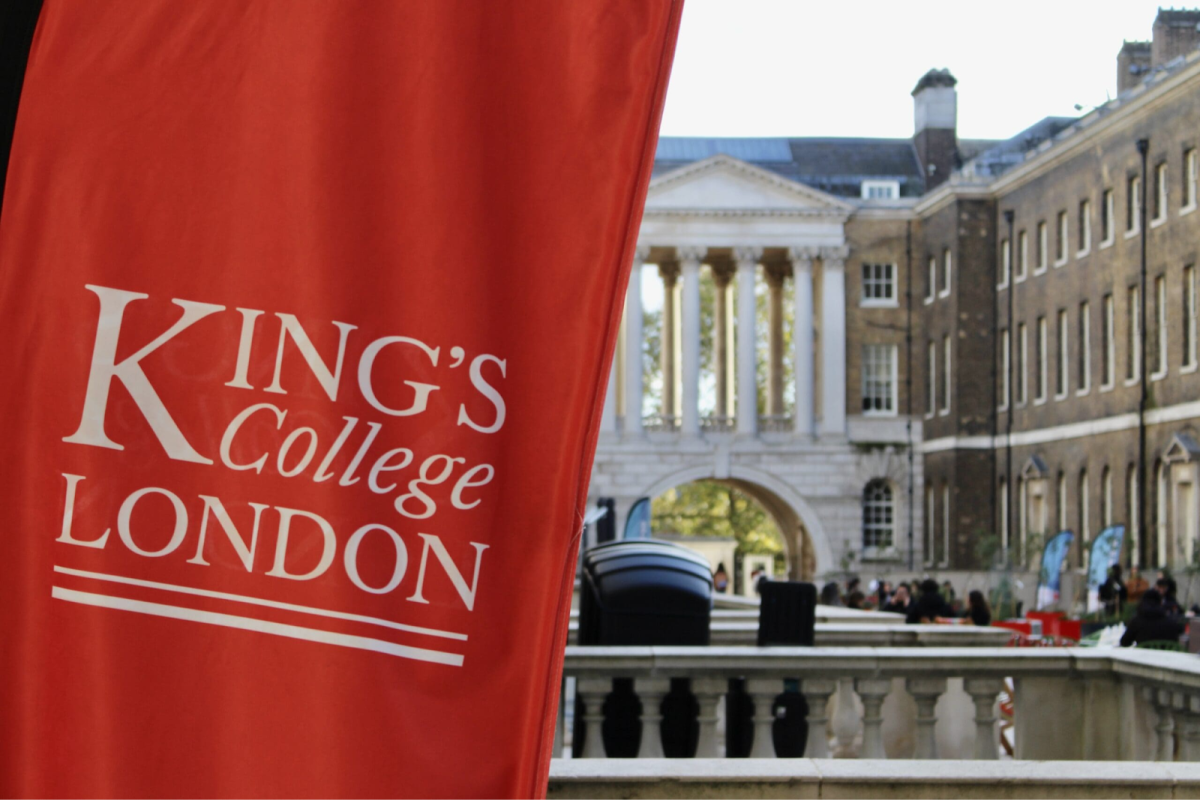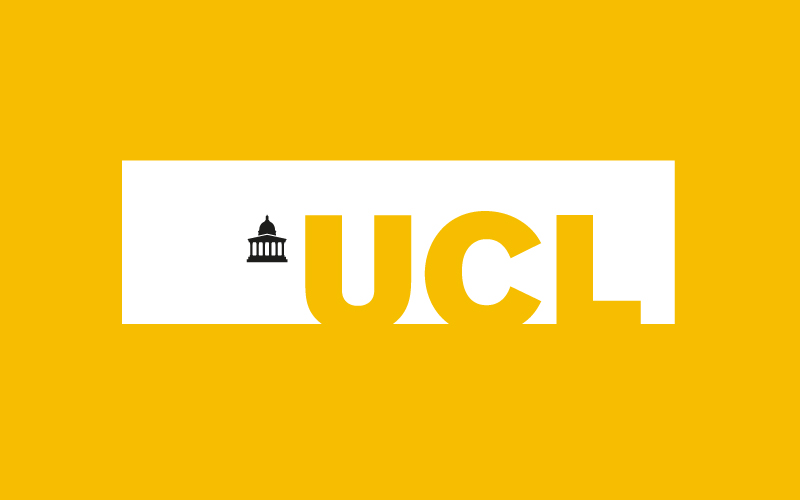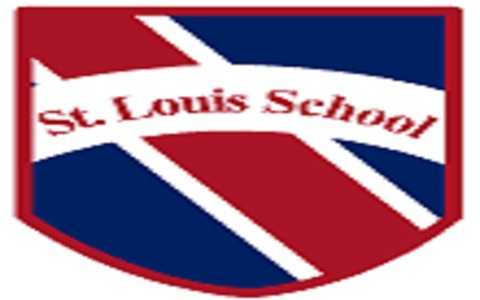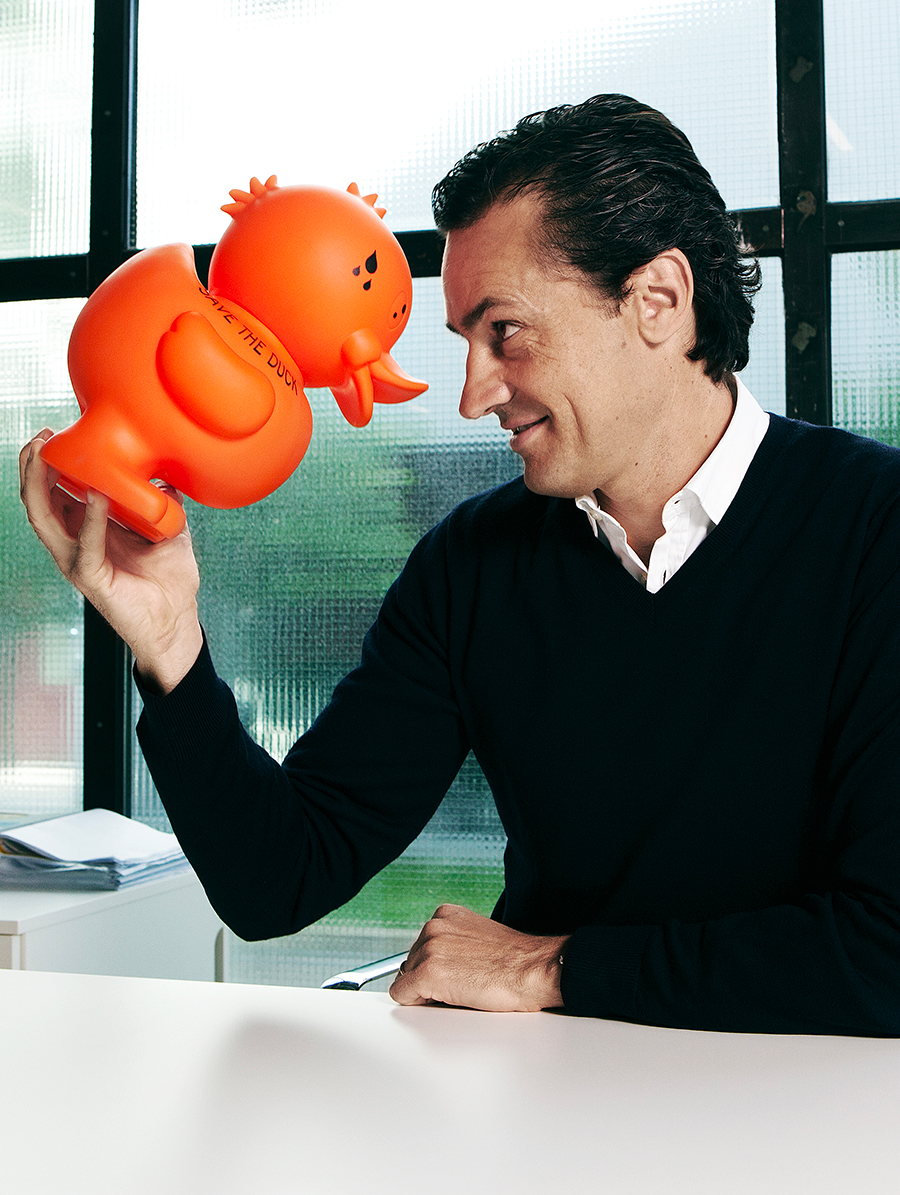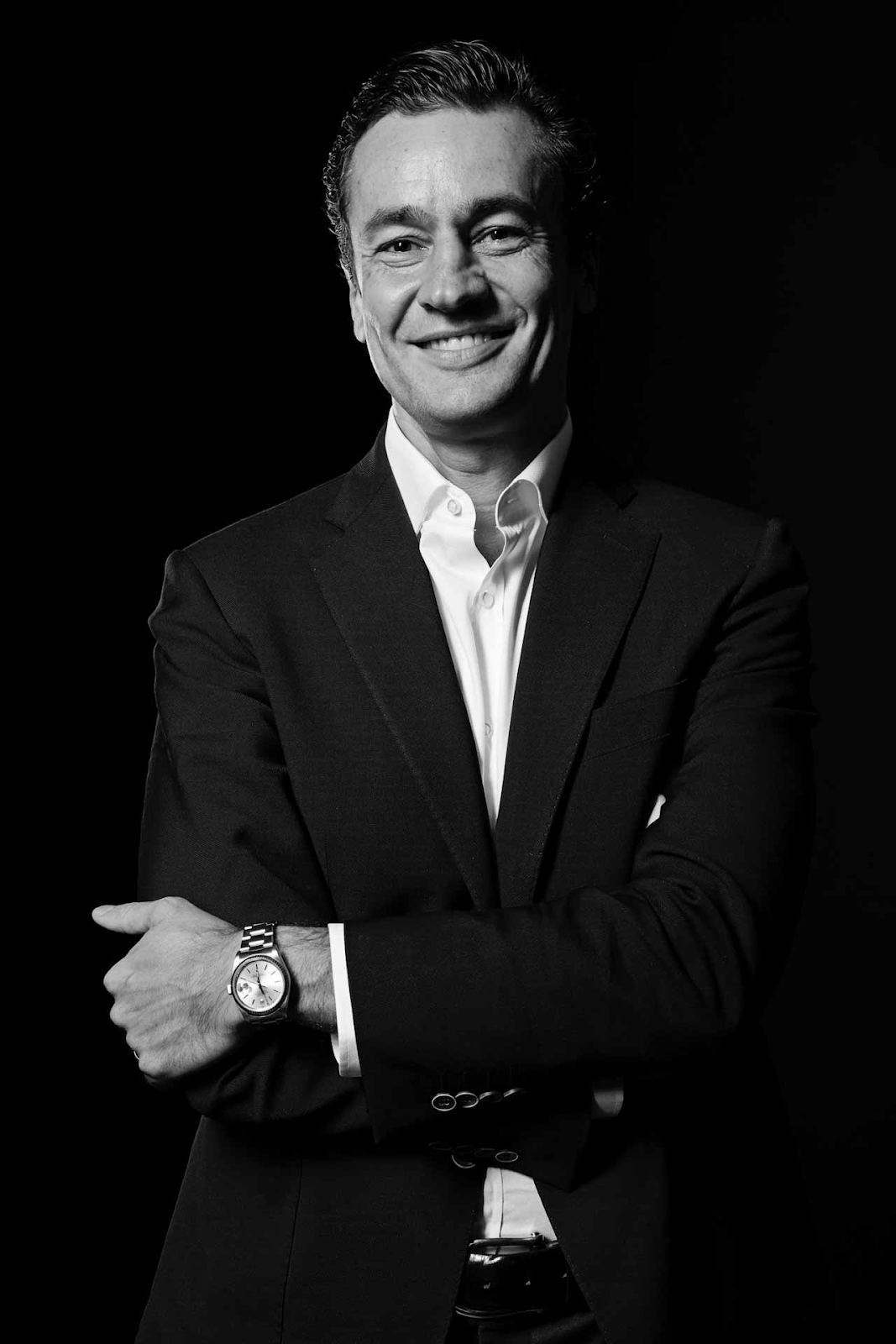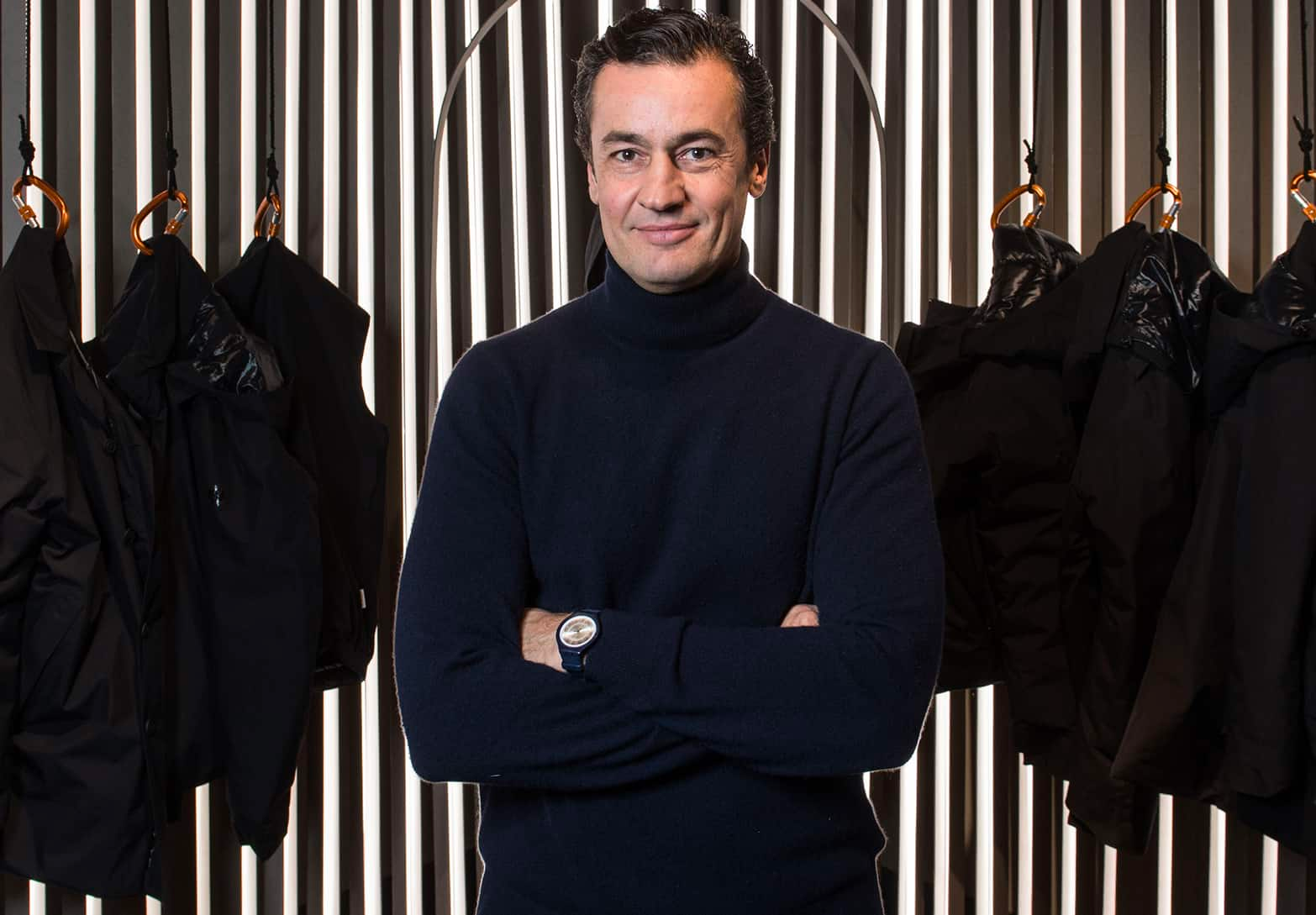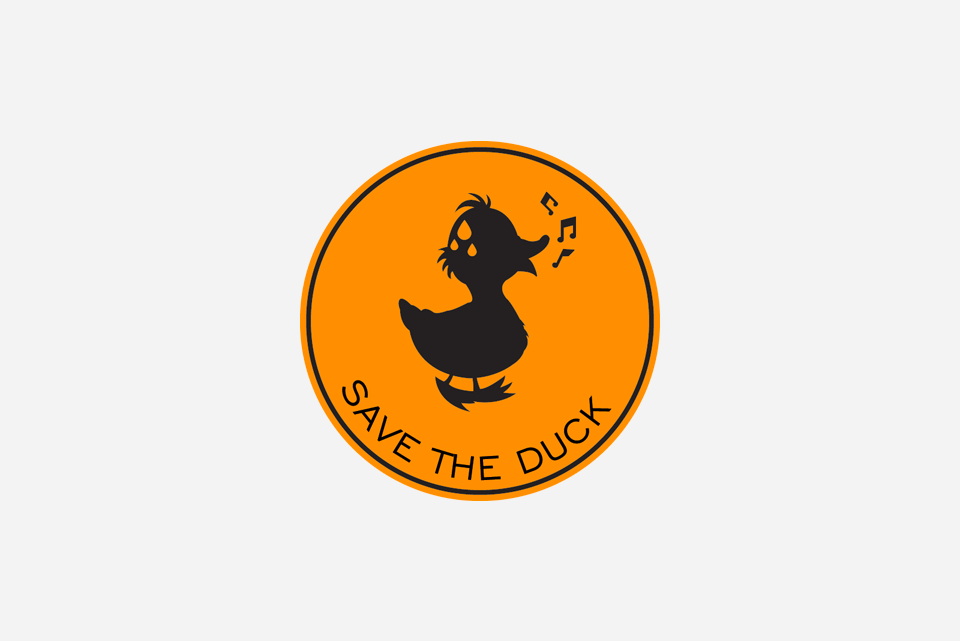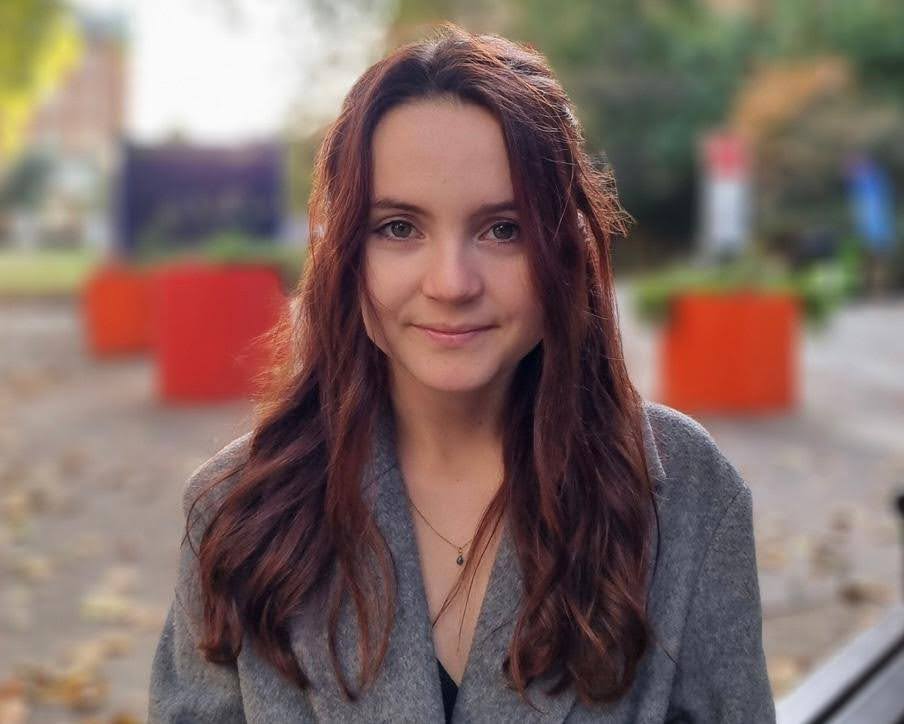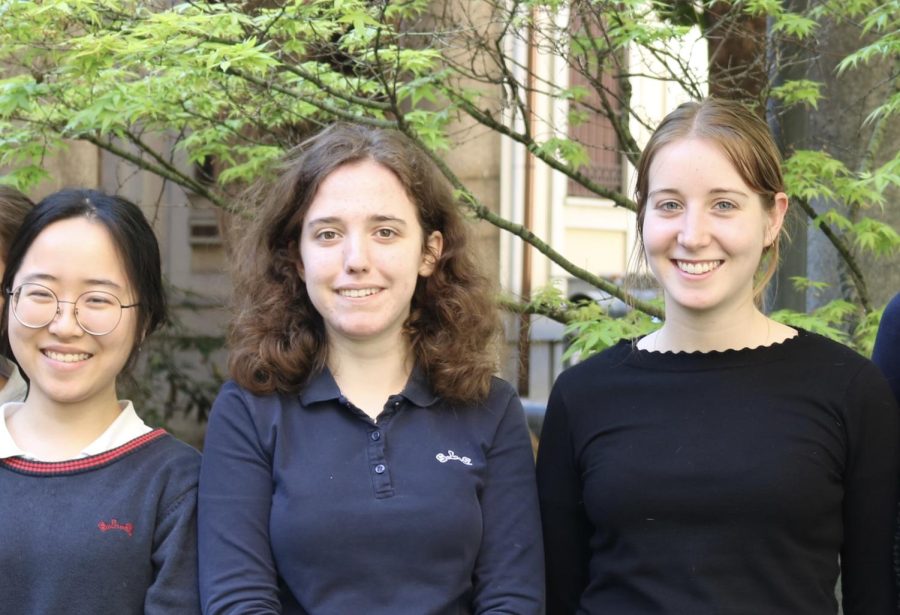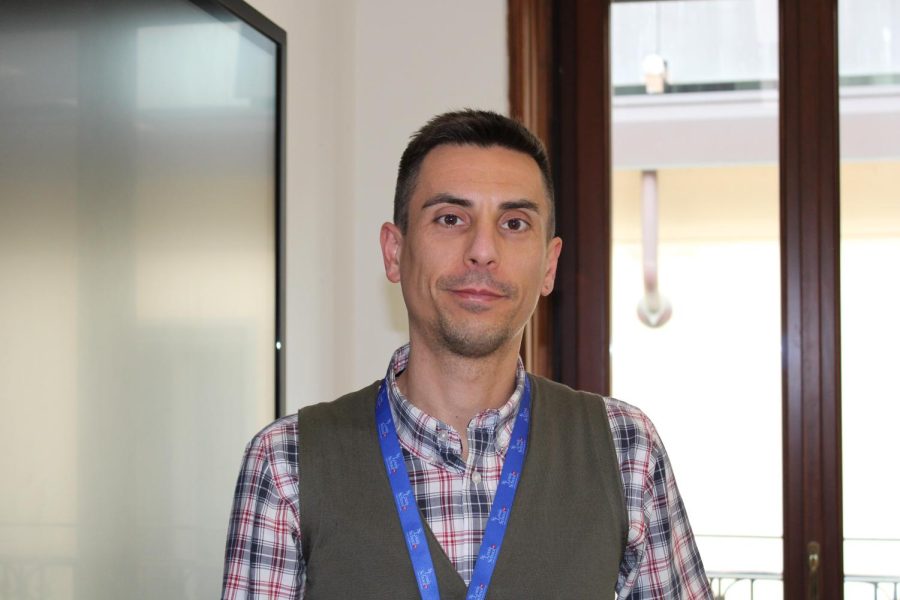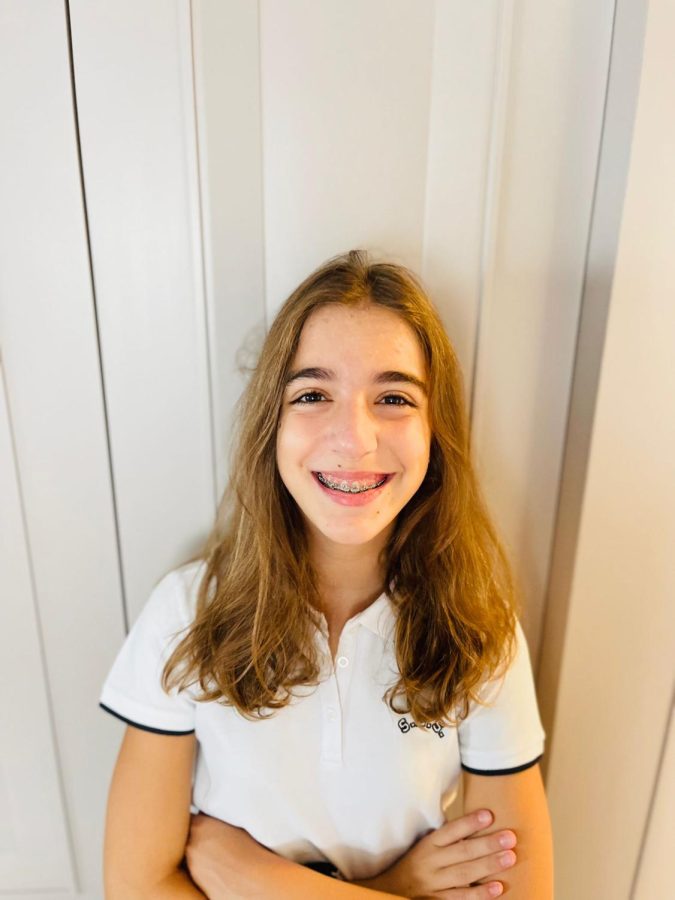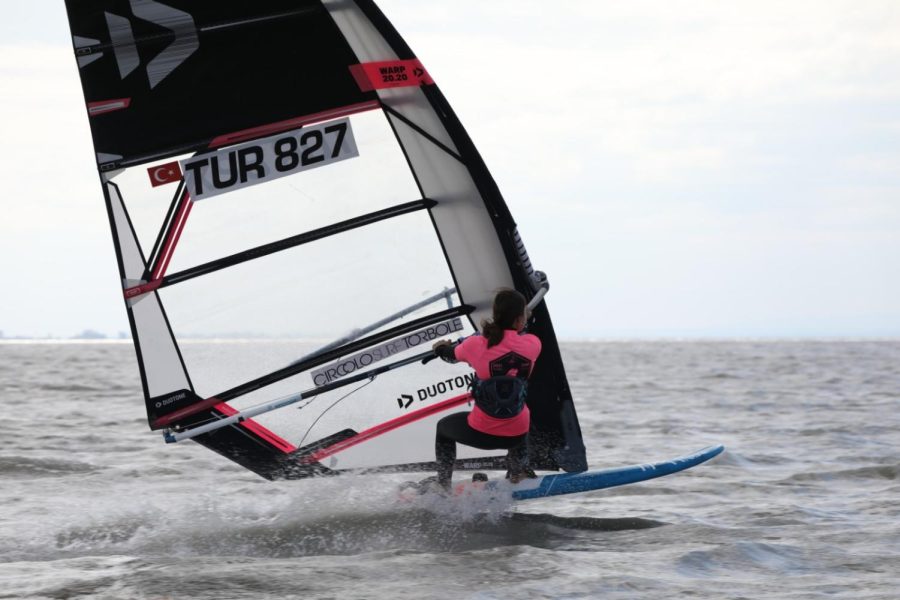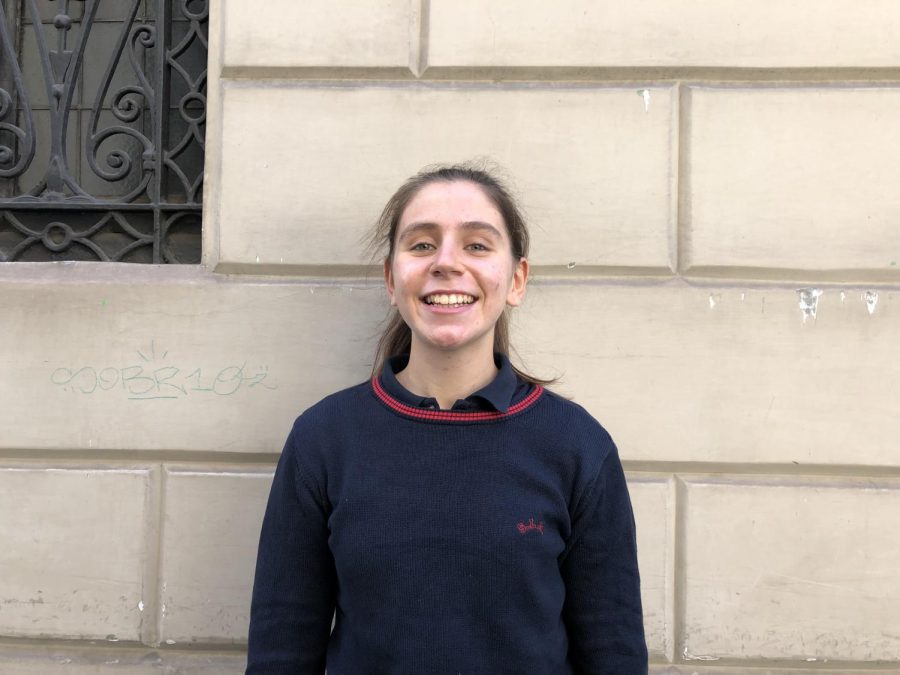Walking around school or Milan you are bound to lay your eyes on the iconic orange duck that is now the logo of one of the most impactful brands in the world.
“Save The Duck” is an Italian brand that specialises in outerwear, particularly known for its cruelty-free and animal-friendly approach. The brand gained popularity for its use of innovative, sustainable, and synthetic materials as an alternative to traditional duck feathers. The brand was launched in 2012 by Nicolas Bargi, who was kind enough to be interviewed and share his inspiring story as a successful entrepreneur.
How did Bargi come up with the idea, and what pushed him to create this brand?
Bargi had been working for 26 years in textile, he was in charge of product and travelled the world; specifically in third world countries like Bangladesh, Indonesia and India. He initially started with visiting garment and tactile factories where he encountered many things that were viewed as common at the time, such as; child labour, mistreatment of workers, and the many different cruel treatments of animals in factories. This brutality really impacted him; “In those years fashion industries really didn’t care about ethical themes… It was hard to watch” Bargi states. These 10 years of experience were essential for Bargi, as he understood the terrible practices that were behind fast fashion, and it was this consciousness that helped him with his relaunch of his father’s company in 2012. He was pushed to create a product that would have an ethical basis and would avoid all the cruelty he had seen in his past.
When facing ethical topics, “Fashion didnt care, it was only about looks and how it would come out to the public”, Bargi explains, “but the ethical basis on how you would produce a garment, was never actually considered”. He felt the duty to bring this kind of attention to the fashion world.
In his 10 years of travelling, Bargi had experienced the mistreatment of the ducks and the different manufacturing of furs, and he decided to make the same garment as these unethical companies but for an audience of people with a conscience, like him. “Maybe it will be 0.01% of the world”, he reveals, “but for sure there must be a part of the world considering these things”. Save The Duck jackets are made of recycled plumtech, a wadding of polyester fibres that come entirely from recycled plastic bottles. Along with being ethically sustainable, the brand is also very technologically advanced: “the synthetic garments are breathable, the wet stays outside and it keeps a more steady warmth to your body”. The new sustainable approach Bargi developed for his new business provides both ethical and technological advantages.
As a Business student, we’ve been taught that in order to keep a business running, you must keep it up to date with new and innovative ideas. What are some approaches you took to keep your business up to date?
One of the main things Save the Duck does as a big corporation is to try to yearly step up their ESG certification (a 3rd party verification system used to accurately show your company has completed key sustainability initiatives, and has become a sustainable business). “The commitment is always higher, higher and higher”. Save the Duck upgrades their ethical themes every year, and steps up their ESG. Technologically wise, the company tries to use the best practice and the best fabric: “we never stop the research” Bargi states, always looking for a thinner, warmer and higher performing fabric. That being said, it still has to go hand in hand with his first principal, ethical base practices. “I cannot make the decision of introducing a high technology that is not ESG certificated, it goes together, and each year we try to improve what we are already doing, while also launching new ideas that are a little bit more advanced.” Although Bargi warns us that sometimes when you want to be too advanced, you risk certain technical issues that could disrupt the quality of your products, and have a domino negative effect on your company. By trying to become too sophisticated and disrupting your reliably and steady production, you risk losing the trust of your buyers.
Did you face some obstacles in the building of your company? Was it immediately successful or did it take you time and hope?
Before launching the product, Bargi carefully studied if the product was going to be commercially accepted by the public. There are different fields in the fashion market: the big distribution field (for example zara and uniqlo) which have relatively low prices; then there is the premium field, which is a medium-high field; and then the luxury field. Bargi chose to make his brand a premium field, and looked at the different types of jacket pricing and quality that were already existing in that field. “You have to study the market first, decide the positioning, then go for it.”. Bargi goes on to explain that when you do decide to ‘go for it’, you have to commit, and stay steady for a couple of years, it is not going to boom immediately; you have to believe in it.
Bargi makes his products for a certain type of consumer, people with an ethical conscience, and therefore wanted to advertise this when launching his product for the first time. His jackets have a big orange logo with a big duck on them, which is something that people like or don’t like, as it is very visible. Despite this, Bargi decided to take that risk, as that orange duck is more than just a brand logo, it represents a set of values. “At the start, people would tell me ‘why are you putting this horrible orange logo on your fantastic jacket’… in 2012 people didn’t understand, but I told them ‘you will see!’. This logo represents the value and consciousness of the people that I want to buy this jacket”.
Nicolas Bargi had faith in himself, although some people questioned his approach,
Save The Duck’s commitment to animal welfare and environmental responsibility has contributed to its success in the fashion industry. The orange duck logo now has as much impact and significance as the fair trade logo that we find on bananas and chocolates.


